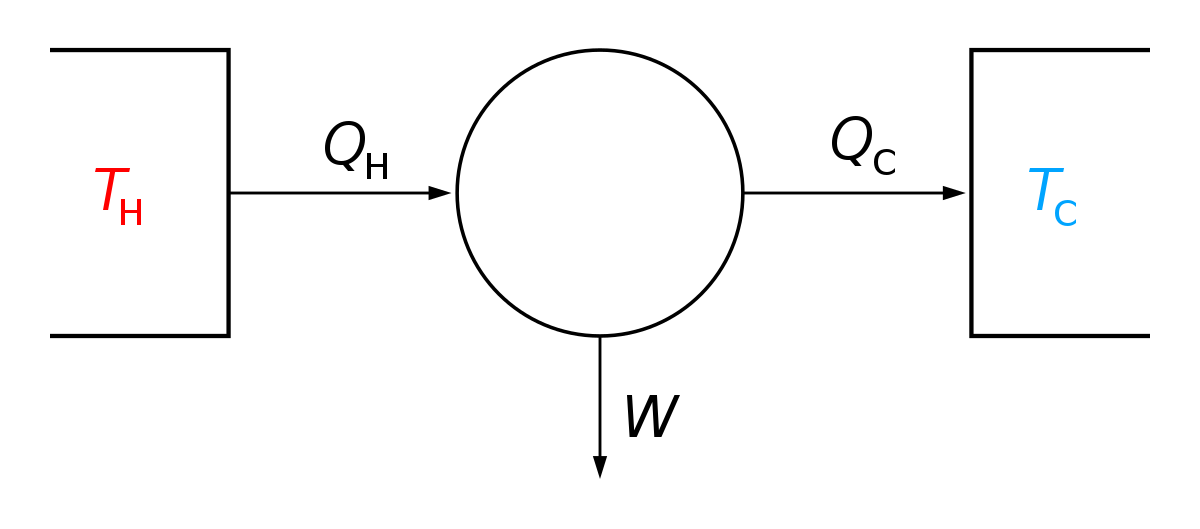reached decarboxylation temperature and not vaporisation temperature
which mechanism he uses to know when the carboxyl group had been released, and CO2 is leaving from the THCa molecules? it's very hard to detect it.
I doubt this is how it's done, maybe he said so, but I didn't see any proof of it... things are being said may be bro-science just to sell more, I'm sure you well aware of this too...
if you're meaning that he calibrated the click mechanism to be around 115C, decarboxylation temperature, I don't think it's true. you heat the notch of the Anvil with a torch that has around 800c-100c temp for 25-30 seconds. the bowl's temp imho is much higher than 115c. again , needs to be checked with the right equipment, but I don't think after 30s it's only 115C in the bowl. maybe 150C++
for Dynavap, yeah, it's 170c/180c/200c at the clicks's point , but I think think Anvil is around 115c at the bowl. it must be higher. small system with a heater of 900c~
not speaking about that because the system is so small, the air can't reach temp of 200c or so. these huge clouds must happen because the bowl is at temp of 150C+++
we need to find somebody with the right equipment to check the bowl's temp once the click has arrived. we gotta find somebody. my bet it's almost 100% conduction vape. it's not possible that the taste is SO muted and the clouds are huge, it must be almost 100% conduction or so. maybe not 100% but far from 50%/50% convection:conduction
EDIT:
I don't think the cap clicks at 115C because I also vaped high quality iceolator in the Anvil and it gave huge clouds without taste too. and for hash you need higher temps than herb......
just think about it : it's a smaller system, you heat the notch with a torch, 800C-1000C temp, the bowl can't be held only at 115C until the click, 25s-30s, it's impossible, the metal conducts to the bowl too....

 , probably not for most people... however everyone is different & there's a range of vapers out there. A high performance heater & low air pressure is how VapeXhale EVO made its name with the glass bamboo pathway
, probably not for most people... however everyone is different & there's a range of vapers out there. A high performance heater & low air pressure is how VapeXhale EVO made its name with the glass bamboo pathway  . Though afaict its venturi setup in the heater is much more efficient than capping.
. Though afaict its venturi setup in the heater is much more efficient than capping.


